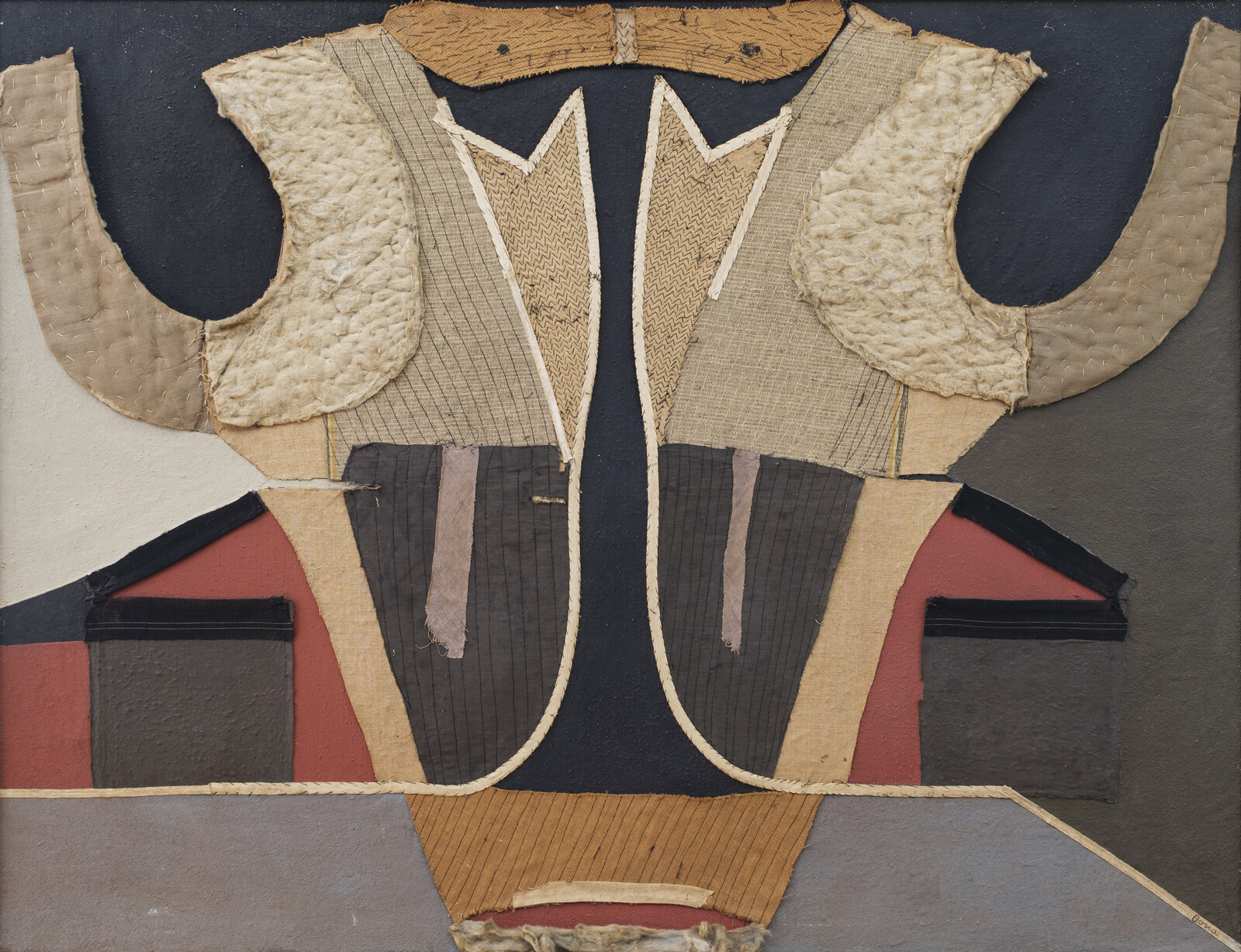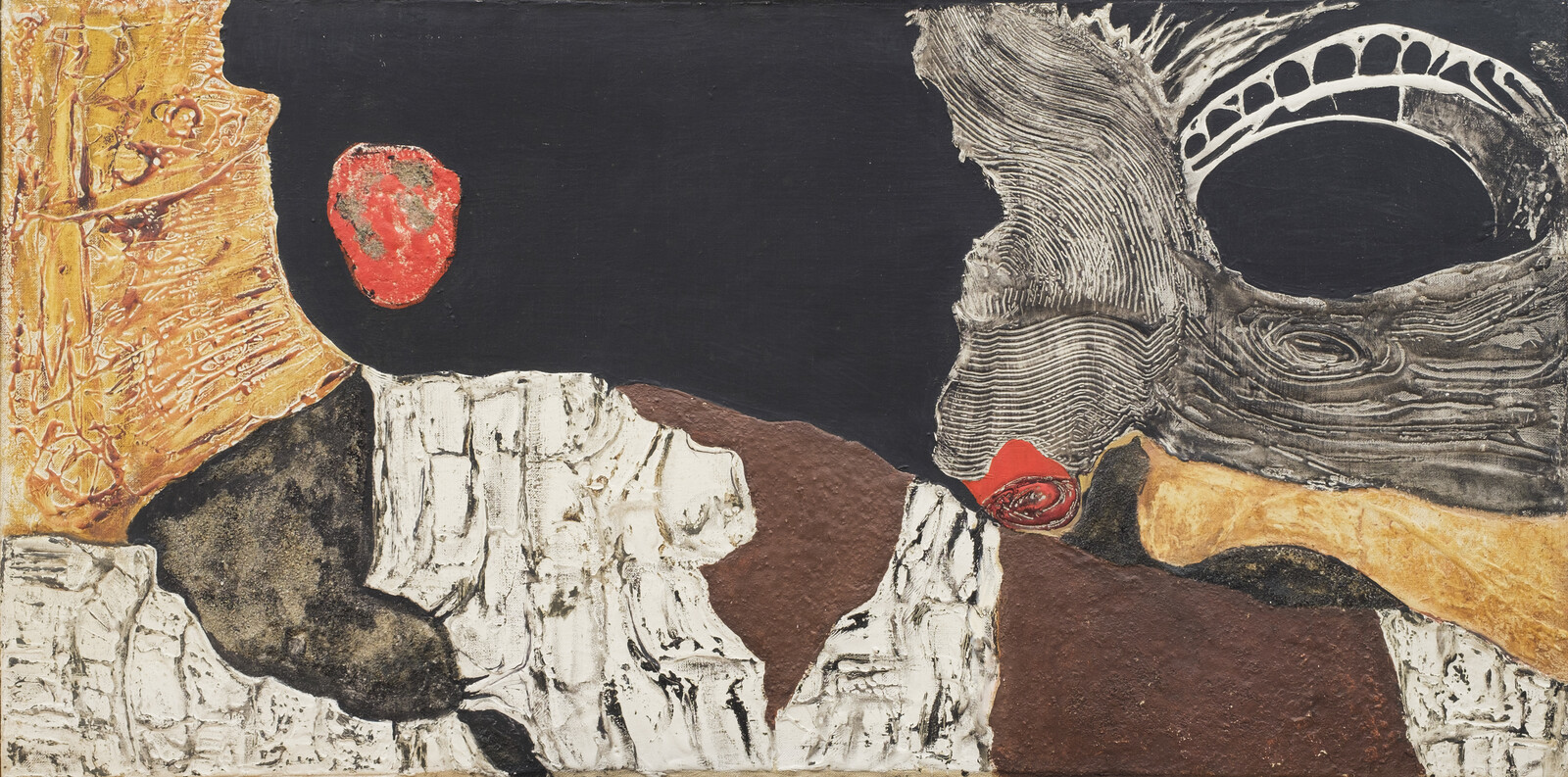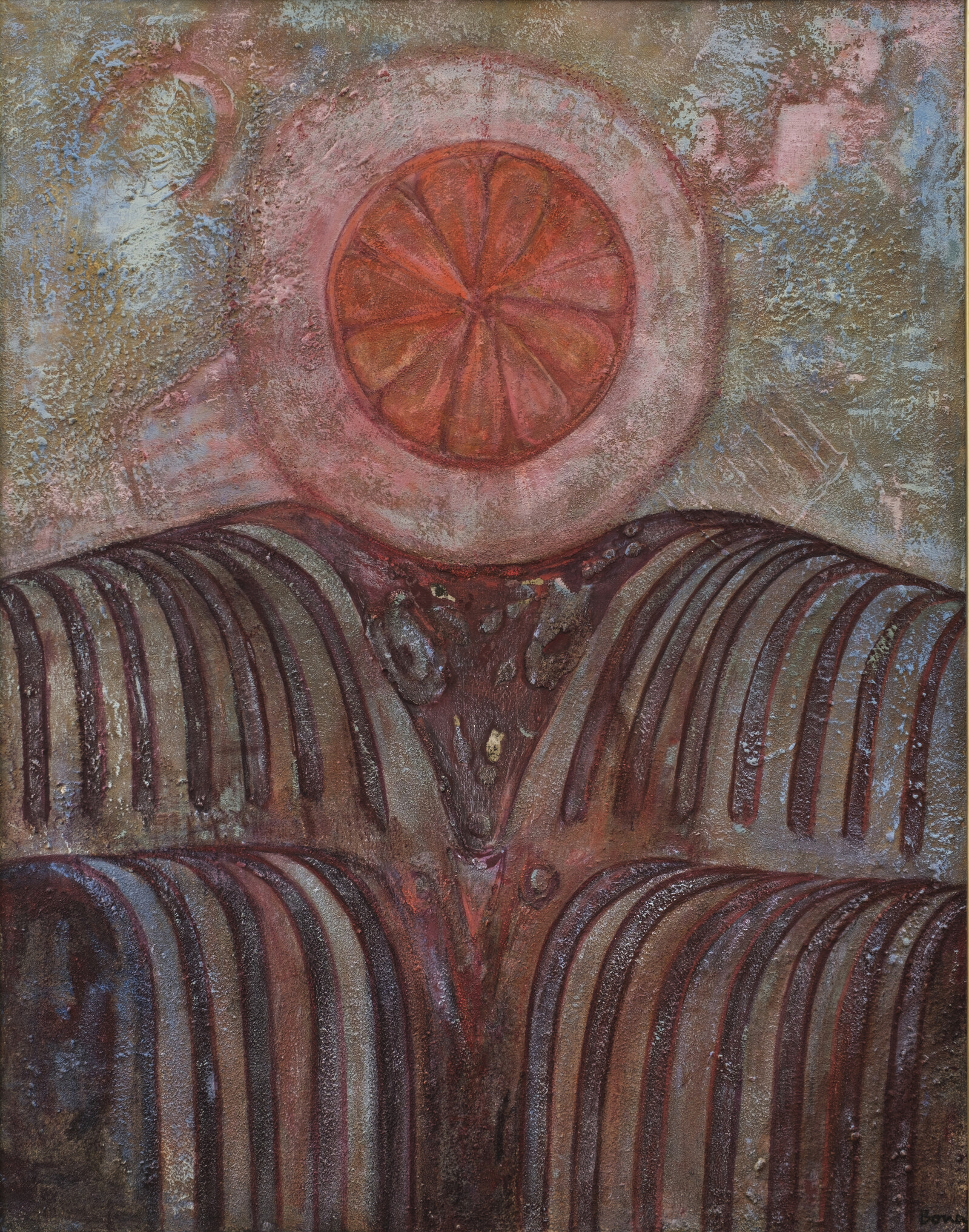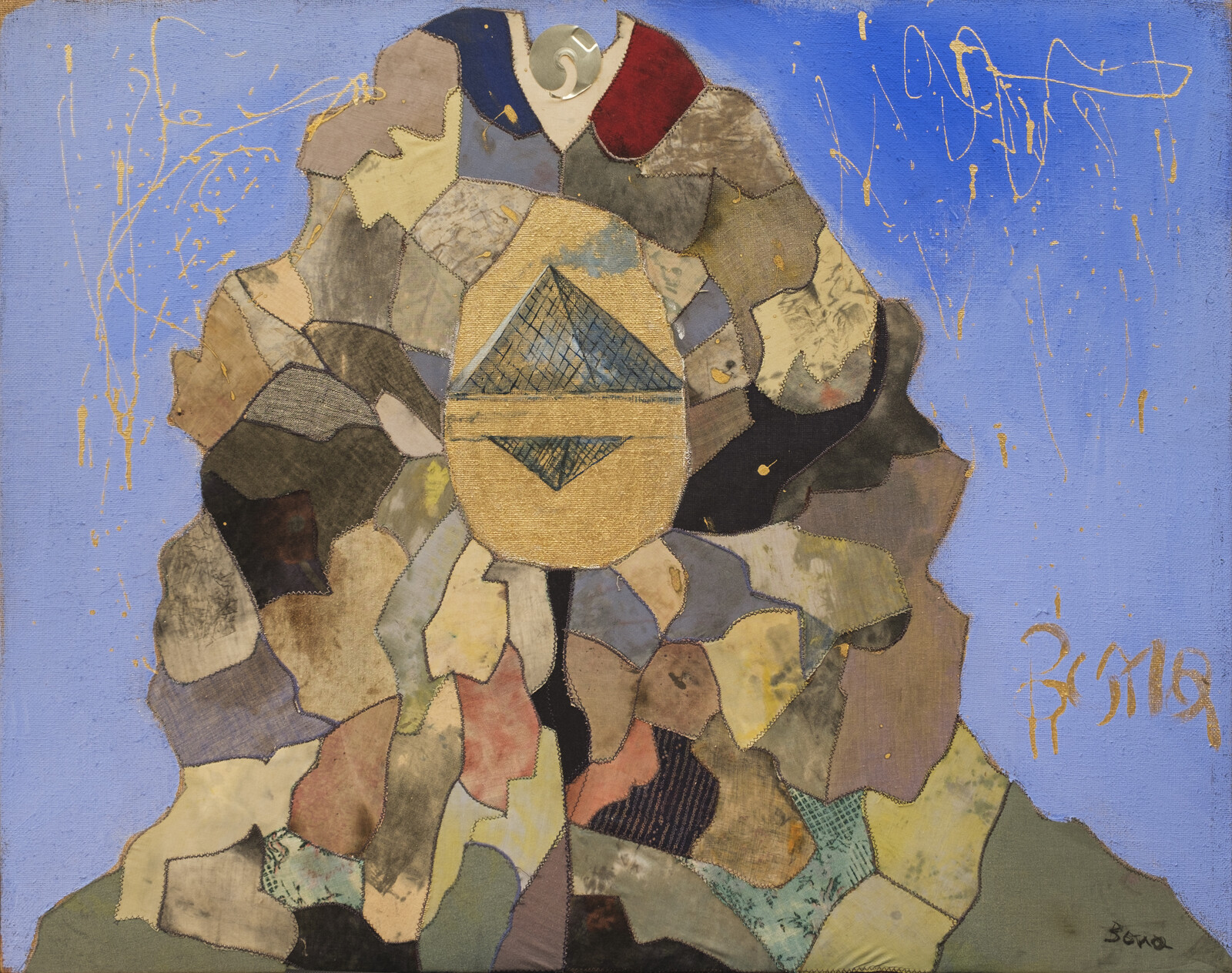Remaking the World
September 16, 2023–February 5, 2024
Via Gonare no. 2
08026 Orani NU
Italy
Curated by Giuliana Altea, Antonella Camarda, Luca Cheri, and Caterina Ghisu.
The Nivola Museum is pleased to present the first major retrospective of the artist and writer Bona de Mandiargues (Rome 1926–Paris 2000), one of the protagonists of female surrealism and abstraction of the second half of the 20th century.
In her work, the themes of metamorphosis, animal totemism, and the fantastic express a divided and fragmented identity. “My research is alchemical,” the artist stated, “I want to make gold starting from excrement. (…) I remake the world: there I am elsewhere, I see things from further away.”
Bona explicitly rejects the roles of woman-muse and woman-child. She identifies, instead, with the snail, a hermaphroditic creature and ambivalent figure, at the same time friendly and repulsive, the incarnation of the Surrealist formless. For her, the snail symbolizes the androgynous, fragility and strength, and the continuous agonizing of her restless mind.
The exhibition
Based on extensive archival research, the exhibition reconstructs Bona’s itinerary through 71 works between 1950 and 1997, beginning with her first surrealist paintings and the abstract, materic canvasses of the late fifties and early sixties.
Vague à l’âme (1958) inaugurates the series of textile assemblages where formal research and an introspective investigation bring to light traumas and pulsions (The Sexual Lesson, 1962; the imposing Birth Triptych, 1965, and Diana the Huntress and Hunt, 1968).
An imagery full of symbolic references and a palette of psychedelic hues characterize a group of canvases painted around 1968, linked to her trips to Mexico.
The memory of metaphysical painting re-emerges in the seventies (Toledo the Rooster, Celeste Empire, 1975); in the following decade, the Italian “return to painting” informs canvases such as the portrait of Sylvia Bourdon (1980) and The Song of Creation (1980). The symbolic image of the snail—the projection of the artist—appears in portraits (Homage to Unica Zürn, 1980) and self-portraits.
Self-representation is central in Bona’s oeuvre, from the graceful early self-portraits to the dazzling one of 1968, to the hieratic and stylized face of Bona à Mexico (1991), up to the 1994 painting where Bona’s face multiplies and breaks, a mirror of the continuous tension, in the artist’s work, between the fragmentation of the subject and its affirmation (as in the powerful La Femme Montagne and Ma Main of 1991).
The artist
Niece and pupil of Filippo de Pisis, Bona Tibertelli studied at the Academy of Fine Arts in Venice before following her uncle to Paris in 1947. Here, she met the critic and writer André Pieyre de Mandiargues, who connected her with surrealist artists and intellectuals. They married in 1950.
After a formative phase influenced by de Pisis, Bona (the name she signed herself) develops a figurative phase influenced by the Surrealist research of the marvelous and the uncanny. Anthropomorphic roots and mandrakes symbolize a constantly changing reality that, in the second half of the 1950s, passes into the evocation of a magmatic universe in powerful abstract paintings made of dense mixtures of earth and powders.
In 1958, Bona developed a technique for assembling textile materials such as linings and padding from old suits into abstract and figurative compositions full of personal symbols, erotic fantasies, and magical and alchemical allusions. An extended stay in Mexico opened a new artistic and personal phase.
The sixties are a period of existential restlessness for her, marked by her separation from her husband and numerous travels. Her work is enriched with references to the cultures with which she comes into contact, both in the chromatic ranges and style and in the subjects and symbols.
1967 marks her reconciliation with Mandiargues and the birth of her daughter, Sibylle. From this moment on, she takes up working again with a series of neo-metaphysical canvasses and assemblages centered on her totemic animal, the snail. She also produces erotic drawings inspired by tantric art.
In the nineties, she creates a series of tributes to historical protagonists of twentieth-century culture and keeps exploring the self through self and family portraits.
The exhibition is supported by Fondazione di Sardegna, and would not have been possible without the kind collaboration of Sibylle Pieyre de Mandiargues.




